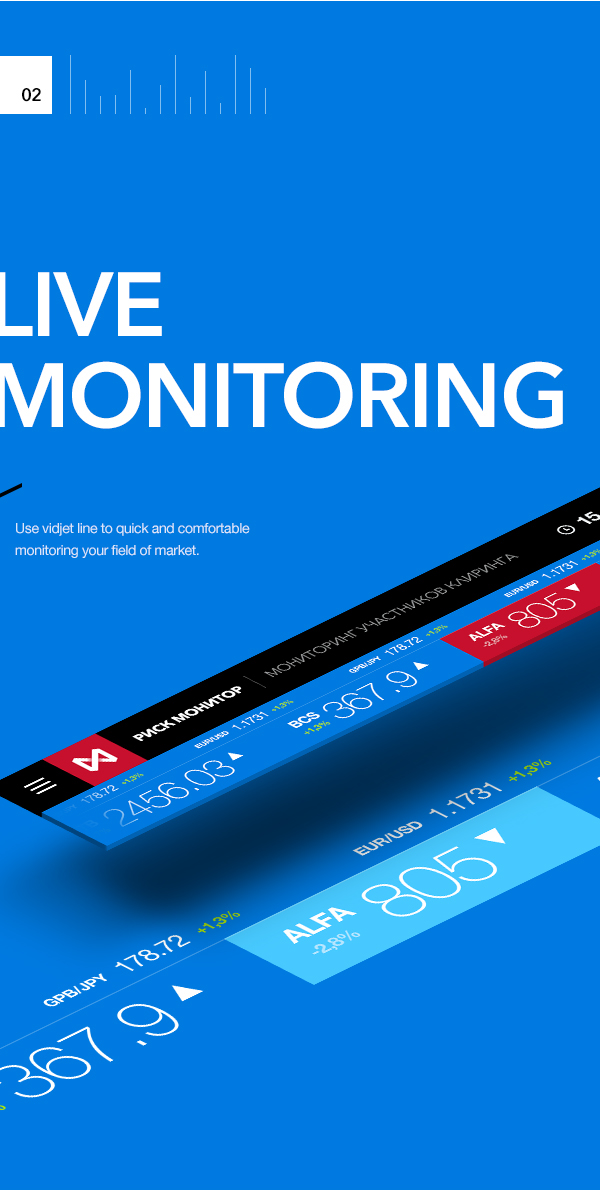Financial fitness is crucial for the success and sustainability of small businesses, and one of the most critical aspects of financial health is managing cash flow effectively. Cash flow management involves monitoring the inflow and outflow of cash to ensure that a business has enough liquidity to meet its financial obligations. In this article, we’ll explore essential strategies for managing cash flow and maintaining financial fitness in small businesses.
Understanding Cash Flow
The first step in managing cash flow is understanding how cash moves in and out of your business. Cash flow consists of three main components: operating activities, investing activities, and financing activities. By tracking these components, you can gain insight into your business’s financial health and identify areas where improvements can be made.
Creating a Cash Flow Forecast
A cash flow forecast is a vital tool for small businesses to predict future cash inflows and outflows. By projecting cash flow over a specific period, such as a month or a quarter, you can anticipate any potential cash shortages or surpluses and take proactive measures to address them. A cash flow forecast allows you to make informed decisions about spending, borrowing, and investing, helping you avoid cash flow problems down the line.
Managing Accounts Receivable and Payable
Effectively managing accounts receivable and accounts payable is essential for maintaining healthy cash flow. Implementing clear payment terms for customers and following up on overdue invoices can help accelerate cash inflows. Similarly, negotiating favorable payment terms with suppliers and vendors can help delay cash outflows, providing additional flexibility in managing cash flow.
Controlling Expenses
Controlling expenses is another critical aspect of cash flow management for small businesses. Regularly reviewing and analyzing expenses can help identify areas where costs can be reduced or eliminated, freeing up cash for other purposes. Implementing cost-saving measures, such as renegotiating contracts, finding cheaper suppliers, or reducing overhead costs, can help improve cash flow and overall financial health.
Building a Cash Reserve
Finally, building a cash reserve is essential for small businesses to weather any unexpected financial challenges or emergencies. Setting aside a portion of your cash flow for emergencies can provide a safety net and ensure that your business can continue operating smoothly, even during difficult times. Aim to build a cash reserve that covers at least three to six months’ worth of expenses to provide sufficient financial cushioning.
In conclusion, managing cash flow is a critical aspect of financial fitness for small businesses. By understanding cash flow dynamics, creating a cash flow forecast, managing accounts receivable and payable, controlling expenses, and building a cash reserve, small business owners can maintain healthy cash flow and ensure the long-term success of their businesses. By implementing these strategies, you can improve your business’s financial health and position it for sustainable growth and profitability.

